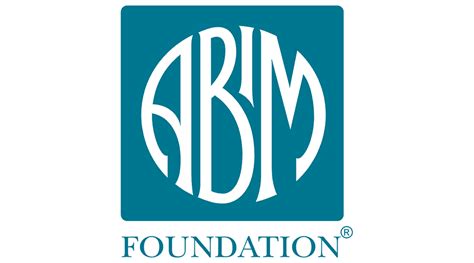


A Voice They Understand: How Translation Devices Build Trust and Transform Patient Care
Drs. Gina Kim, clinical assistant professor, and Mengru “Ruru” Wang, assistant professor of clinical practice (Gerontology and Geriatric Medicine) have been leading a quality improvement project to address difficulties in accessing professional interpreter services (PIS) and communication barriers for patients who use a language other than English in skilled nursing facilities (SNFs).
While interpreter services are the gold standard, they’re not always easy to access – phones or tablets may not be readily available, in-person interpreters are rare, and sometimes staff ask family members to help with translation.
In busy, under-resourced skilled nursing facilities, that often leaves clinicians to provide care without translation at all. (These challenges aren’t limited to skilled nursing facilities; communication barriers affect patients across the health system.)
Drs. Kim and Wang realized that hand-held translation devices would allow staff and patients to ask simple questions quickly, a critical step in building trust and improving patient interactions.
“The staff or patient can speak or type into the HIPAA compliant device, and the device immediately translates the conversation,” Dr. Wang explained. “It’s similar to Google Translate, but uses built-in translation engines for accuracy and natural phrasing.”
Through the American Board of Internal Medicine (ABIM) Foundation’s Building Trust: Advancing Health Equity Grant Program, Kim and Wang have introduced these devices at four skilled nursing facilities in the Seattle metro area.
More than 2,500 conversations have since been translated.